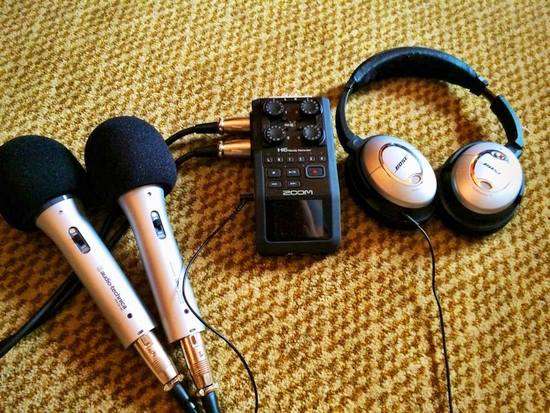Work Receipts are documented proof of your accomplishments – and failures – that reveal who you are today. They include:
- the ways you contribute; the ideas you have; the projects you've led; concrete metrics (clicks, sales). – Tanzina Vega
- how much of an impact your work has had on the bottom line of your company or organization. – Ally Boguhn
- charts & lists and figures. – Mary H.K. Choi
- an attaboy file – all emails and other documents from peers/bosses/sources – saying how awesome you are. – Caitlin Kelly
You see the achievements on your resume but you're emotionally disconnected from them. The story the resume tells and the story you tell yourself don't line up for you.
– Eric Barker
…
Having a Work Receipts Portfolio connects the stories from your resume (or LinkedIn profile, online portfolio, etc.) with what you tell yourself. They help you answer the question, “what am I really good at?”
They help YOU see your worth, what you've actually accomplished that isn't getting recognized, or how to position yourself on the market.
And, when you know what role you want to go after next, you can identify any flatsides you need to develop (if any), and have a constructive conversation with your boss about how they can support you (e.g., give you projects to develop those skills, advocate on your behalf, etc.).
…
Before I started my podcast – which took almost two years to launch – I was convinced I wasn't capable: I didn't have experience doing longform podcast interviews (à la Terry Gross or Longform Podcast); I wasn't sure I could produce and edit the interviews myself (outsourcing was not in the budget); and I had no sales experience (so how was I going to persuade guests to be on my show?).
Despite these internal objections, I still wanted to do the podcast. Exploring the career paths of ambitious women of color is important to me. The first career path I needed to explore was my own…
…
The easiest way to reaffirm your self-worth is to remind yourself of all that you've accomplished.
– Ally Boguhn
Work Receipts go beyond the bullet points on your resume. They are the stories you tell yourself or others to show the world that you’re qualified to do what you do. They prevent you from downplaying your accomplishments by giving you a list of achievements to pick and choose from. So if you question your abilities you can counter those doubts with receipts that prove otherwise.
I'm confident in my ability to learn and master new technology, but years ago this wasn't the case. I was given the task of setting up new hire computers at my then-job and was freaked out! Prior to this, the extent of my tech savviness was knowing how to save websites to the bookmarks menu of my browser. I tried to get this task re-assigned. Didn't work.
After setting up those first few computers – and not breaking any – my confidence soared. I taught myself so many things on Google and YouTube (one of my friends calls me a “walking user manual”). I'm now the go-to tech expert for my friends and family (a gift + curse).
So when I questioned if I could handle the technical aspects of producing and editing a podcast, I thought about all the tech things I'd taught myself in the past. I trusted my ability to research and figure it out, which I did.
It wasn't that I didn't have experience necessary to launch a podcast, it was that I hadn't related my past experience to this new opportunity.
Work Receipts: The Recipe
When your work receipts are organized and an opportunity presents itself, your thought process isn't, “here are all the reasons I'm not qualified.” Instead your thought process is, “here are all the reasons I am qualified.”
So how do you document your work receipts? Explore your life chronologically, similar to how I conduct my podcast interviews.
Start with your early years (pre-high school then high school). Then explore your career path – including education and work history – chronologically. Think about the people, moments, and experiences that influenced your career…at the time.
There are some key questions to answer when documenting a work receipt:
- When did it happen?
- Who is involved?
- What is the situation/context?
- What happened?
- What “receipts” do you have to back up your work receipt (e.g., a text message/email/voicemail/document/Tweet/presentation/award/charts/reports/etc.)?
…
You're digging deep into your past to recall details of your life. I've found talking it out with someone makes this process easier. They likely won't have any backstory about your work receipts, so they can ask questions and probe for details. That person can even be me.
Maintaining your work receipts library will take some discipline. So take time once a week – or at least monthly – to document new work receipts. Like income taxes, it's easier to remember the details of a work receipt if you are documenting it soon after it happened (rather than waiting until the end of the year).
Great candidates highlight accomplishments and products they built. Mediocre candidates list a bunch of skills, buzzwords with no supporting evidence. – Eric Elliot
A thorough Work Receipts Library truly changes how you think about yourself and your accomplishments!
Image: WoCinTech Chat







